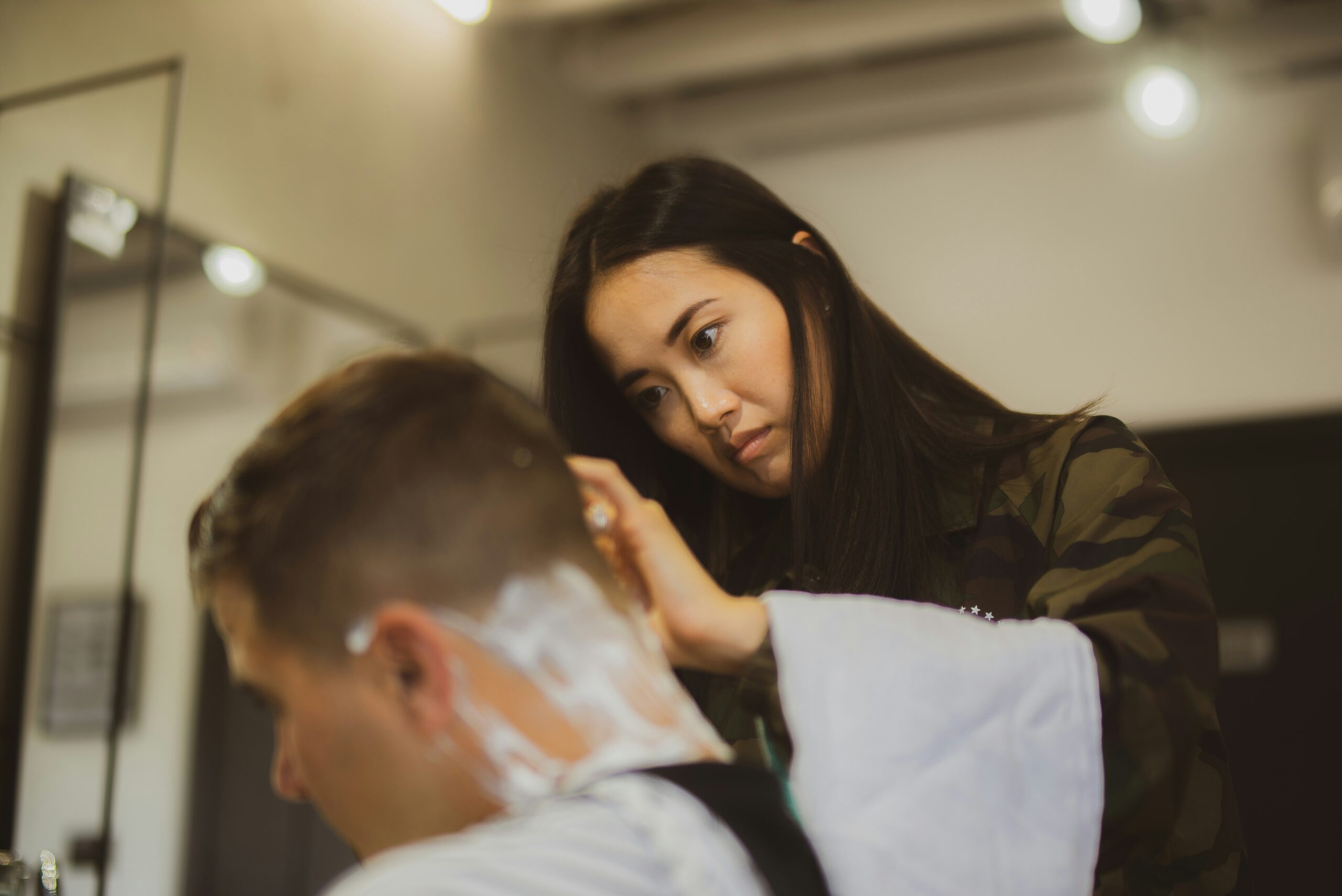
A stylist today is no longer just someone who cuts, colors, or shapes hair. They are advisors, collaborators, and sometimes even therapists, helping clients navigate how they express themselves through their appearance. The modern stylist understands that personal style is deeply tied to confidence, identity, and self-expression. This means paying attention not only to trends but also to the unique lifestyle, personality, and goals of each client.
By cultivating trust, a stylist can transform the client relationship into a partnership. This partnership enables clients to feel confident in taking style risks, exploring new looks, and embracing changes they might have previously avoided. A stylist who listens, observes, and communicates effectively can help clients uncover a version of themselves they might not have discovered on their own.
Building Trust Through Communication
Open, honest communication is essential in any professional relationship, but it’s especially critical in the world of personal style. A stylist must be able to articulate their recommendations while also understanding their client’s desires and concerns. This requires asking thoughtful questions, actively listening, and sometimes even reading between the lines. Not every client can clearly express what they want, so intuition and empathy become valuable tools.
Consistency is another cornerstone of trust. When a client knows that their stylist respects their preferences and provides reliable advice, the professional bond deepens. Trust is built over time through small interactions—remembering past choices, following up on results, and showing genuine investment in the client’s satisfaction. This relationship becomes less transactional and more collaborative, laying the groundwork for long-term loyalty.
Understanding Lifestyle and Identity
A stylist who wants to become a trusted partner must recognize that hair and style choices are often extensions of a client’s identity. Work environment, social life, cultural background, and even daily routines can influence what styles are practical and appealing. By understanding the nuances of a client’s lifestyle, a stylist can suggest looks that are not only fashionable but also functional.
For example, a client who travels frequently may benefit from low-maintenance styles that still reflect elegance and sophistication. In a corporate setting, individuals may need hairstyles that convey professionalism while still expressing their individuality. By taking lifestyle factors into account, a stylist can provide personalized advice that aligns with the client’s real-world needs, showing that they are attuned to more than just aesthetic trends.
Offering Guidance Beyond the Chair
True partnership goes beyond the salon chair. Stylists who guide complementary aspects of personal style—such as wardrobe coordination, skincare, or hair care routines—demonstrate investment in their client’s overall image. This holistic approach enables clients to view their stylist as a valuable resource for style decisions across various aspects of their lives.
Additionally, educational guidance fosters empowerment. Teaching clients how to maintain hairstyles at home or how to select products suitable for their hair type strengthens their confidence and self-reliance. When clients feel equipped to manage their personal style between appointments, the stylist-client relationship becomes collaborative rather than purely service-based. This approach builds respect, loyalty, and a sense of shared purpose.
Staying Ahead of Trends with Personalized Touches
While trends are essential in the beauty industry, the stylist who becomes a trusted partner strikes a balance between trend awareness and personalization. Offering trend-inspired recommendations that suit a client’s unique features and lifestyle demonstrates both expertise and attentiveness. This careful balance ensures clients feel modern without sacrificing individuality.
Stylists who consistently deliver fresh ideas tailored to their clients’ preferences establish themselves as both innovators and reliable advisors. Whether suggesting subtle updates, such as a new hair color dimension, or more transformative changes, like a bold haircut, stylists who consider personality, face shape, and lifestyle needs will gain credibility and trust. Personalized creativity distinguishes professionals who are merely skilled from those who are truly indispensable to their clients.
Nurturing Long-Term Relationships
Long-term relationships require consistent attention and adaptation. As clients’ lives change—through career moves, personal milestones, or evolving tastes—trusted stylists adjust their approach accordingly. Being attentive to these changes shows clients that the stylist values them as individuals, not just as repeat appointments.
Celebrating client milestones, remembering important details, and checking in between appointments are all ways to reinforce these bonds. Such gestures might seem small, but they create a sense of care and attentiveness that builds loyalty. Clients begin to see their stylist as a confidant and collaborator rather than just a service provider. Over time, these long-term relationships foster a sense of mutual respect and deep trust, enhancing both client satisfaction and professional fulfillment.
Embracing Empathy and Emotional Intelligence
Empathy is one of the most overlooked skills in personal styling. Recognizing that a client’s hairstyle or style choices may reflect their emotions, confidence levels, or life transitions is key. A stylist who approaches each appointment with sensitivity and understanding fosters a safe, supportive environment where clients can express themselves freely.
Emotional intelligence enables stylists to read subtle cues, adapt their recommendations, and respond compassionately to client feedback. This skill not only enhances the quality of service but also strengthens the relational aspect of the role. Clients who feel understood and valued are far more likely to trust their stylist’s judgment and follow through with recommendations.
The Stylist as a Lifestyle Partner
Ultimately, becoming a trusted partner in personal style means expanding the role from hair care to lifestyle collaboration. Stylists who invest in understanding their clients, communicating effectively, and offering tailored guidance create meaningful connections that extend beyond the salon. This transformation elevates the stylist from a service provider to an integral part of the client’s personal expression journey.
By embracing this mindset, stylists contribute to their clients’ confidence, self-expression, and overall well-being. The trust built through attentive service, empathy, and personalization turns a routine haircut or color session into an empowering experience. In today’s beauty landscape, those who can achieve this partnership mindset set themselves apart as true leaders in their field.